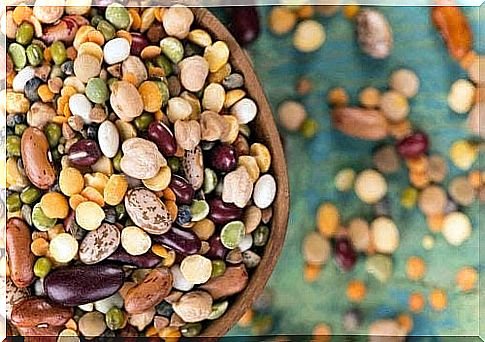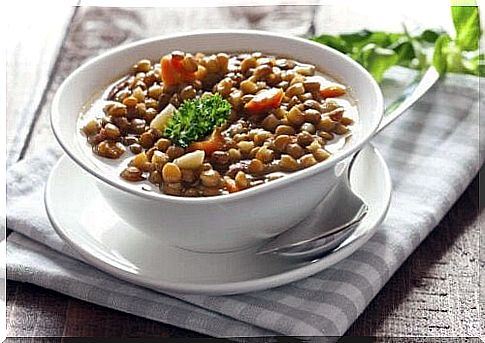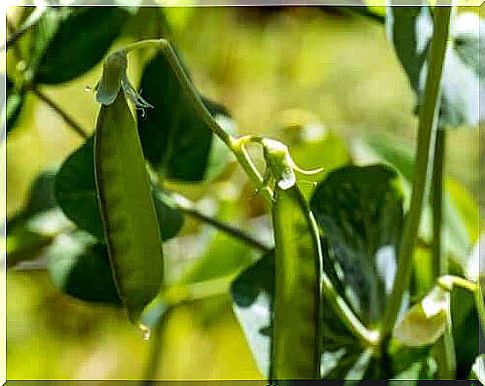Interesting Facts About Legumes That You Probably Do Not Know

Legumes are foods of vegetable origin with low environmental impact and low economic costs. In addition, nutritionists recommend that we eat them at all ages and at least three times a week due to their high nutritional content. Therefore, in this article, we will reveal five interesting facts about legumes to encourage you to include them in your family diet.
Interesting facts about legumes that you probably do not know
1. They have an international day
In 2016, the United Nations Food and Agriculture Organization (FAO) chose February 10 to celebrate legume day. The goal is to promote the consumption of legumes as we barely cover the consumption recommendations and the decline has been significant since the 1980s.
In addition, the day wants to increase awareness of the many nutrients that legumes contain, such as protein, fiber, carbohydrates, magnesium, potassium and calcium. In addition, they are used all over the world and they can be prepared in a thousand different ways.

2. They contain proteins of high biological value
This means that legumes provide the body with important nutrients. In this case, we are talking about the essential amino acids that make up protein chains. Although most legumes do not contain methionine and cysteine, there are exceptions, such as chickpeas, beans and soy. Instead, the rest of the legumes must be combined, together or separately, with grains such as rice and millet.
This means that it is unnecessary to eat legumes together with meat, fish or eggs in the same meal. In fact, experts say that many of us currently have excessive protein intake. Therefore, there is a very low risk for you to have or develop a protein deficiency.
3. Peas are legumes even though they are green

Yes, this is true. Although peas contain the same nutrients as vegetables, and no matter what is on the package of frozen peas, they are legumes. What makes the difference between one food and another is where they come from in nature.
In this respect, legumes are plants that have seeds stored in pods called pods and from which they get their name. You eat the seeds and sometimes also the pods. Vegetables are the edible part of green plants. It is still good to offer your children a bowl of peas for lunch or dinner, but they must not take the place of vegetables.
4. Peanuts are also legumes!
This may surprise you the most, as most people have never even thought of the idea. Peanuts are not nuts but, just like peas, seeds and grow in a closed tub.
In addition, the flowers of the peanuts first grow and pollinate above ground, and then bend down towards the ground so that the fruit grows into the soil where it ripens. It is from there that it has got the seductive earth- in its name, peanut.
5. Legumes are good for the intestinal flora even though they sometimes cause discomfort
Finally, legumes are rich in fermentable fibers. In other words, they feed intestinal bacteria and promote the assimilation of nutrients and a functioning immune system. They can also help reduce the risk of constipation, obesity and colon cancer, among other diseases.
Because of this, we can say that it is good to include them in your daily diet. However, they contain galactans, which can cause gas in the stomach and bloating, which can sometimes cause discomfort.
If this happens to you often, we recommend that you choose peeled legumes (eg red lentils). Be sure to soak them for at least 24 hours and mash them well before eating them. You can also add cumin or anise in the boiling water to calm the stomach.
As you have seen from these facts about legumes, it is a good idea to include legumes in the family diet. Unfortunately, they are not always appreciated for all their good qualities. If you do not like them, you can also try using them in new ways in your cooking, such as in salads, on sandwiches, in stews, stir-fries and in soups – the possibilities are endless.









